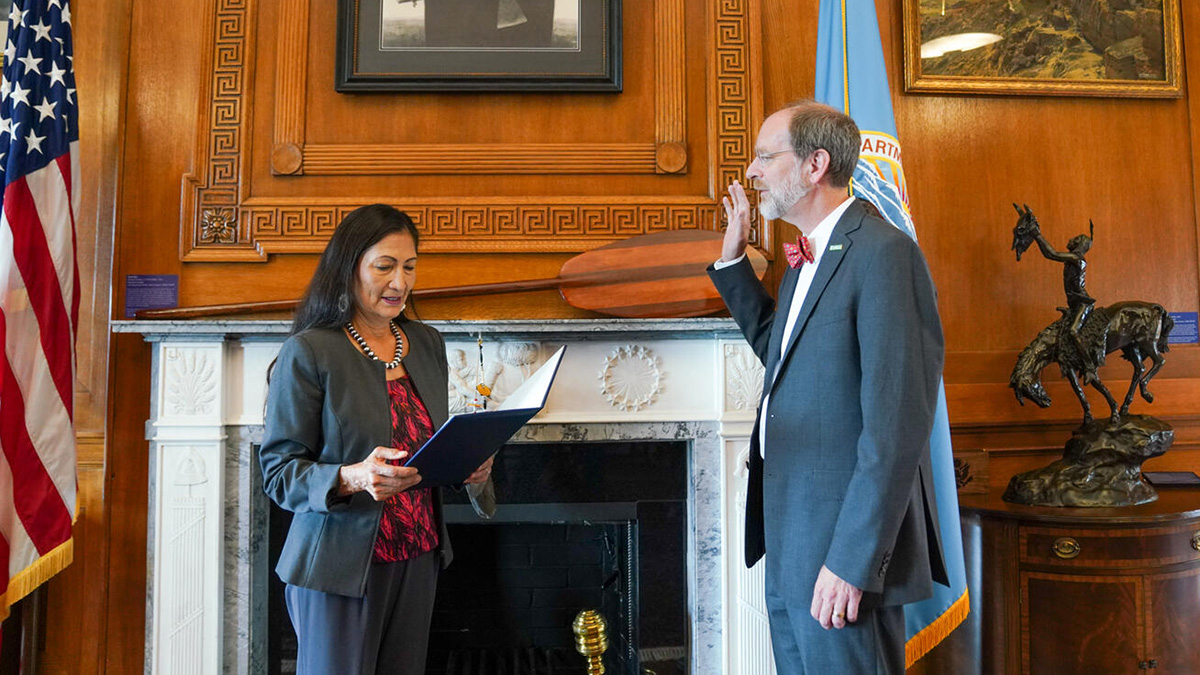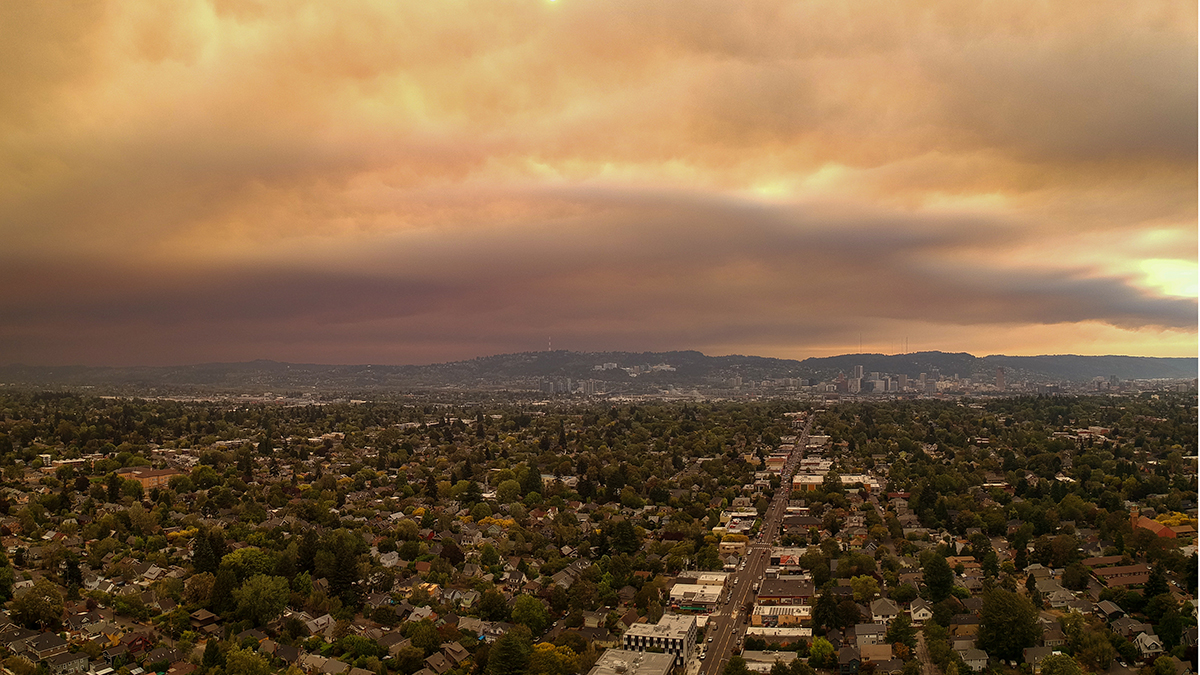Researchers tracked long-term sediment dynamics in Canada’s Quesnel Lake following the 2014 failure of a dam that spilled record-breaking amounts of contaminated mining waste.
culture & policy
Neighborhood Strategies Inform Boston’s First Urban Forest Plan
The city prioritizes equity and inclusion as it incorporates tree coverage into climate resiliency efforts.
U.K.-Based Geoscientists Trapped in European Funding Impasse
Political disputes threaten the United Kingdom’s status in Horizon Europe, the world’s largest transnational funding program.
New USGS Director: Partnerships Are Our Superpower
The new director hopes to strengthen existing partnerships, build and retain a more diverse and inclusive workforce, and deliver the agency’s science to those who need it most.
El cambio climático podría cambiar el perfil patogénico de las enfermedades diarreicas
Una enfermedad causada por rotavirus podría disminuir a medida que aumenta la temperatura, mientras que las condiciones más húmedas podrían favorecer a algunos competidores bacterianos.
El aire nocivo a la salud podría volverse rutinario en el Pacífico Noroeste
Si el mundo continúa utilizando combustibles fósiles, la contaminación por partículas finas derivadas del humo de incendios podría duplicarse de finales de verano a inicios de otoño en el área del Pacífico Noroeste en los EE.UU. para el año 2100.
Building Resilience in the Face of a Dwindling Colorado River
Policymakers, industry and conservation professionals, and tribal members explore pathways to a sustainable future for the millions of people reliant on the “lifeblood of the American West.”
La minería amenaza a las poblaciones Indígenas aisladas del Amazonas
Un proyecto de ley en el Congreso Brasileño permitiría la expansión minera en territorios Indígenas. Una nueva investigación demuestra cómo esto podría afectar radicalmente a los pueblos aislados.
Maui Endures More Drought and Drier Streams
Drought continues to threaten Maui’s native land-based and marine ecosystems, water resources, and traditional ways of life. But conservationists have hope—and ways to fight back.
Should Inhaled Anesthetics Be Swapped for IVs?
Using intravenous anesthetics instead of volatile ones could help curb greenhouse gas emissions, but there are challenges to making the switch.










